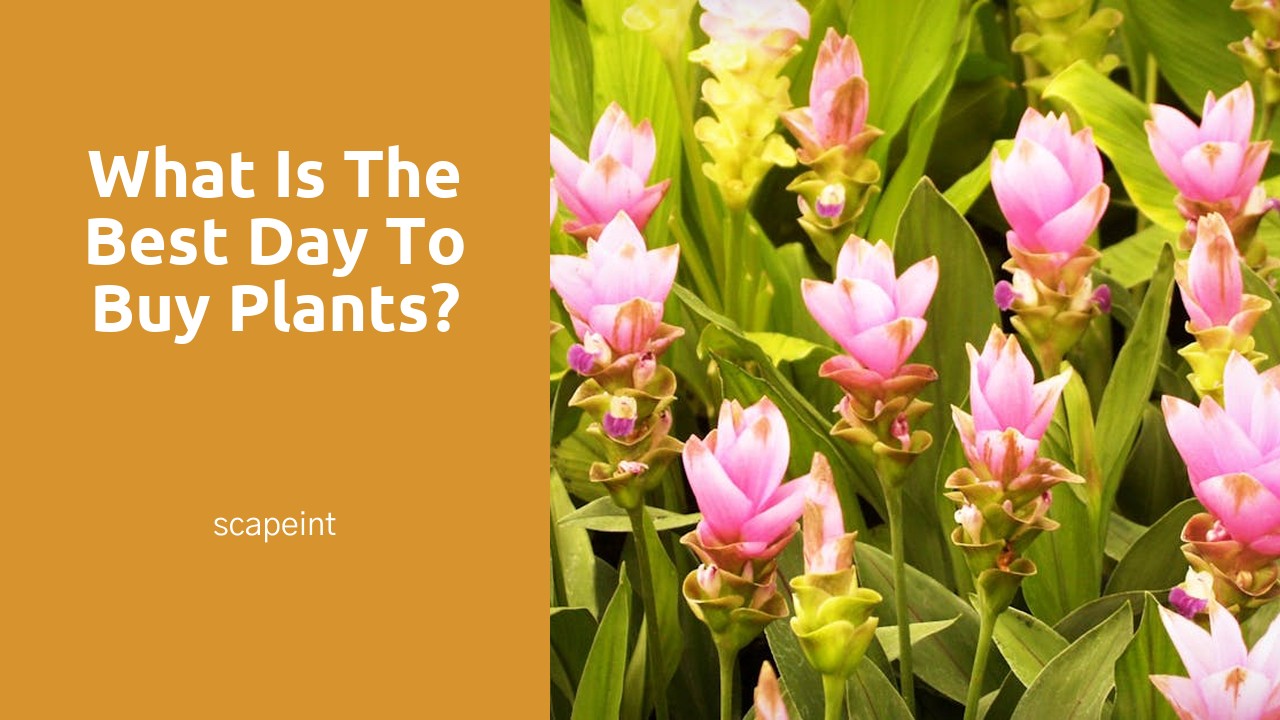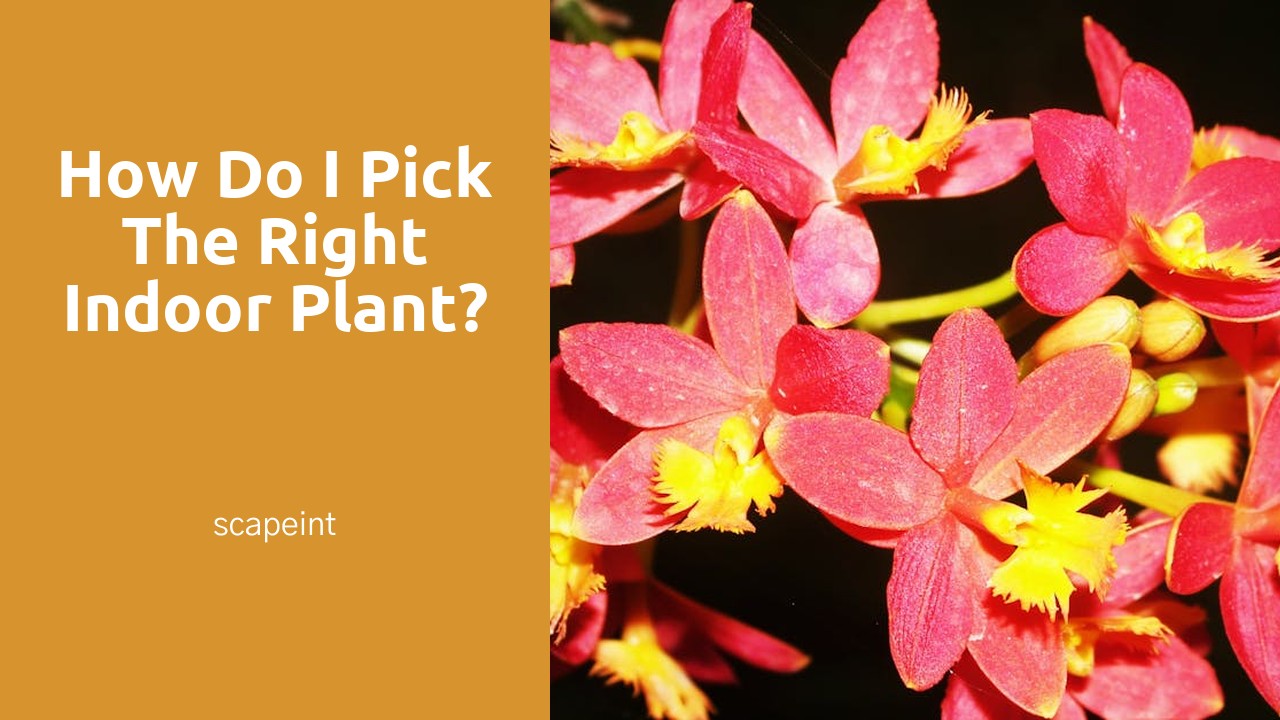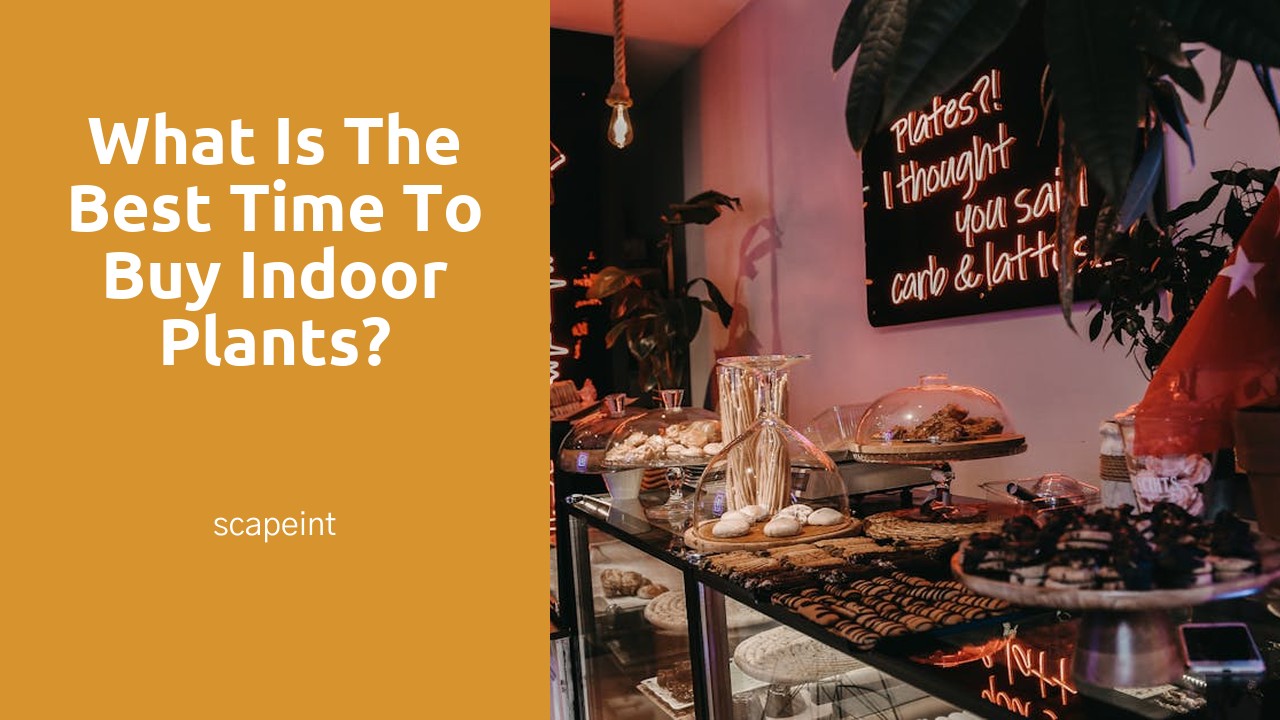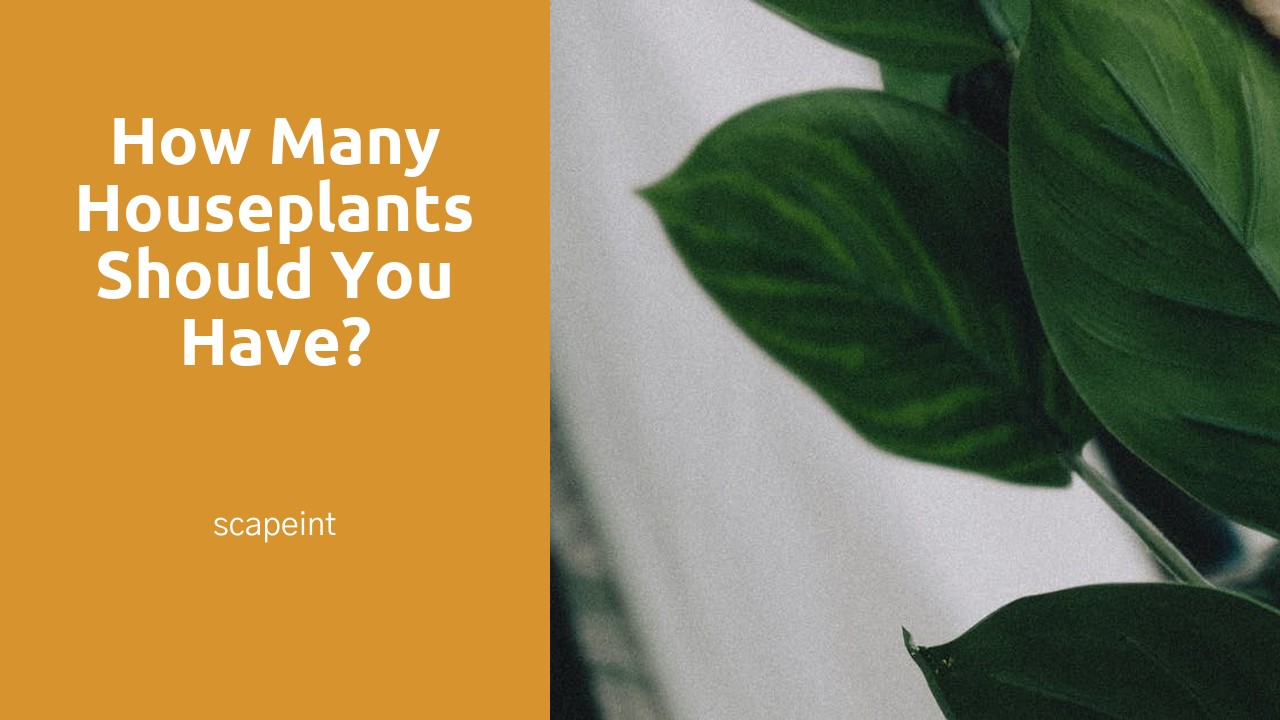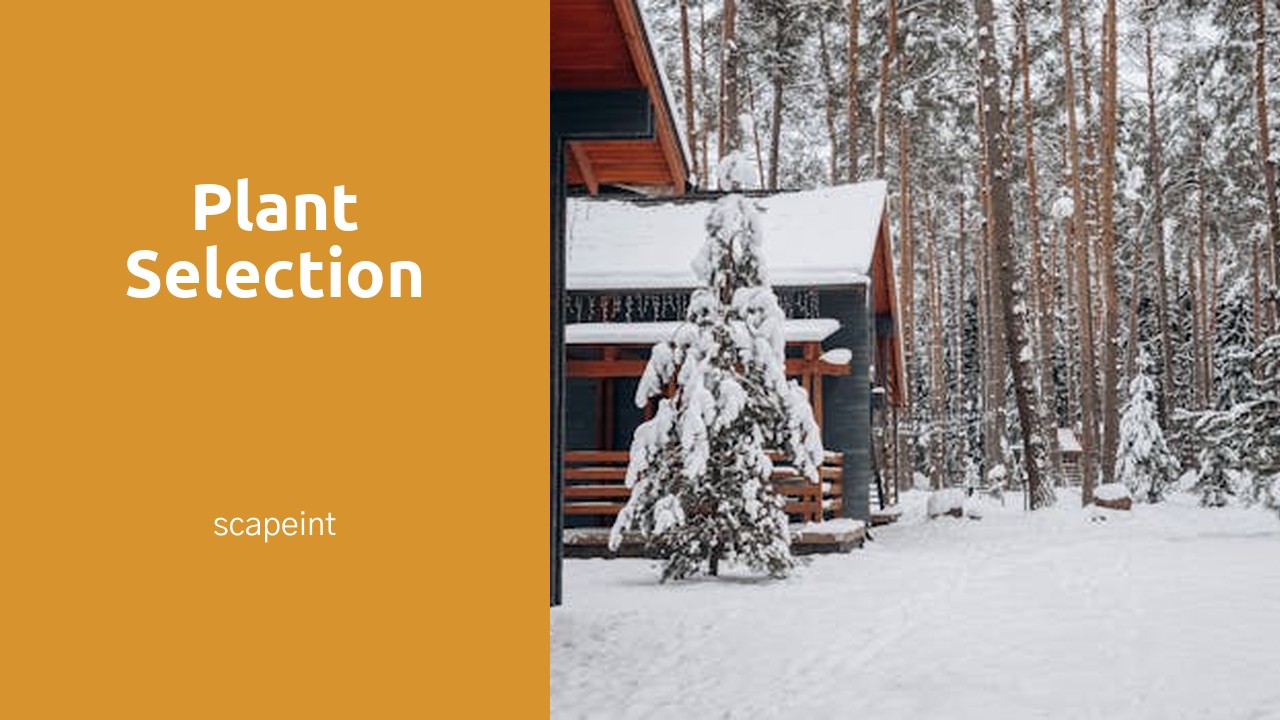
Plant Selection
Table Of Contents
At Scapeint, we offer a specialized service in plant selection to help our clients enhance their outdoor spaces. Our team of experts take into consideration various factors such as climate, soil conditions, and sunlight exposure to recommend the best plants for each individual project. We provide guidance on selecting plants that are well-suited to the Canadian climate, ensuring they thrive and flourish in their new environment. Whether our clients are looking to create a lush garden or a sleek modern landscape, we have the knowledge and expertise to assist them in selecting the perfect plants for their unique needs. Trust Scapeint to help you achieve your outdoor design goals with our professional plant selection service.
Choosing Native Plants for EcoFriendly Landscaping
When it comes to creating an eco-friendly landscape, choosing native plants is a smart and sustainable choice. Native plants are well-suited to the local climate and soil conditions, requiring less water and maintenance compared to non-native species. By opting for native plants, you are not only supporting biodiversity but also helping to preserve the natural balance of your local ecosystem.
Another benefit of selecting native plants for your landscaping is their ability to attract wildlife. Native plants provide food and shelter for local birds, butterflies, and other beneficial insects, creating a thriving habitat within your own backyard. By incorporating a variety of native plants in your garden, you can enjoy the beauty of nature up close while also contributing to the overall health of your environment.
Wildlife Attraction
When selecting plants for your garden, it's important to consider their ability to attract wildlife. Native species are particularly beneficial for creating a habitat that supports local birds, bees, and butterflies. These plants provide food and shelter for wildlife, contributing to a more natural and balanced ecosystem in your outdoor space.
Additionally, incorporating a variety of blooming plants throughout the seasons ensures a continuous food source for pollinators. Bees and butterflies are attracted to vibrant flowers with nectar and pollen, enhancing biodiversity in your garden. By choosing a diverse selection of native plants, you can create a welcoming environment that not only benefits wildlife but also adds beauty and vibrancy to your landscape.
Planting Season for Various Species
When it comes to planting various species in your garden, timing is crucial. Each type of plant has its own ideal planting season, which can significantly impact its growth and overall health. Understanding the optimal time to plant different species will help ensure a successful and bountiful garden.
For most flowering plants, the best time to plant is in the spring after the last frost has passed. This allows the plants to establish their root systems before the heat of summer arrives. Vegetables, on the other hand, have varying planting seasons based on their sensitivity to frost. Cold-hardy vegetables like peas and radishes can be planted early in the spring, while warm-season crops like tomatoes and peppers should be planted after the danger of frost has completely passed. By following these guidelines, you can maximize the growth and yield of your garden plants.
Frost Sensitivity
When selecting plants for your garden, it is crucial to consider their frost sensitivity. Some plants are more delicate and can be easily damaged by frost, while others are hardier and can withstand colder temperatures. Knowing the frost sensitivity of the plants you choose will help you plan your garden more effectively and ensure the longevity of your green space.
Plants that are frost-sensitive should be carefully monitored during colder months to protect them from potential damage. It is recommended to cover them with blankets or bring them indoors during frost warnings to prevent any harm. By understanding the frost sensitivity of your plants and taking appropriate measures to protect them, you can ensure a thriving garden all year round.
Companion Planting for a Thriving Garden
Companion planting is a traditional gardening practice that involves growing different plants in close proximity to enhance their growth and health. By strategically placing complementary plants together, gardeners can create a mutually beneficial environment where each plant helps the other thrive. This method not only promotes plant growth but also deters pests naturally, reducing the need for harmful chemicals.
Some popular companion planting combinations include pairing vibrant marigolds with tomato plants to repel nematodes, or planting aromatic herbs like basil near vegetables to improve their flavor and deter pests. Additionally, integrating flowers like lavender amongst your vegetable garden can attract pollinators such as bees and butterflies, enhancing overall garden productivity. By carefully planning your garden layout and considering the symbiotic relationships between plants, you can create a thriving garden ecosystem that promotes plant health and biodiversity.
Pest Prevention
When it comes to maintaining a thriving garden, pest prevention is an essential aspect that cannot be overlooked. One effective method of keeping pests at bay is through the use of companion planting. By strategically grouping plants that naturally repel pests next to those that are vulnerable, you can create a natural barrier that deters unwanted insects. For example, planting aromatic herbs like basil, mint, or lavender alongside susceptible plants can help ward off pests and promote a healthier garden ecosystem.
Another natural way to prevent pests from wreaking havoc on your garden is by incorporating beneficial insects into your landscaping. Ladybugs, lacewings, and predatory wasps are just a few examples of beneficial insects that feed on common garden pests like aphids, caterpillars, and mites. By attracting these insects through the use of companion plants and creating a welcoming environment for them to thrive, you can significantly reduce the need for pesticides while maintaining a balanced and pest-resistant garden.
FAQS
Why should I choose native plants for eco-friendly landscaping?
Choosing native plants for your landscaping helps support local ecosystems, requires less water and maintenance, and promotes biodiversity.
What are some benefits of attracting wildlife to my garden?
Attracting wildlife to your garden can help with pollination, pest control, and create a more dynamic and vibrant outdoor space.
When is the best planting season for various plant species?
The best planting season for various plant species depends on their specific growing requirements, but generally, spring and fall are ideal times for planting.
How can I determine if a plant is sensitive to frost?
You can determine if a plant is sensitive to frost by checking its hardiness zone rating and researching its cold tolerance levels.
What are some examples of companion plants that can help promote a thriving garden?
Examples of companion plants that can help promote a thriving garden include marigolds to deter pests, basil to enhance the flavor of tomatoes, and nasturtiums to attract beneficial insects.
